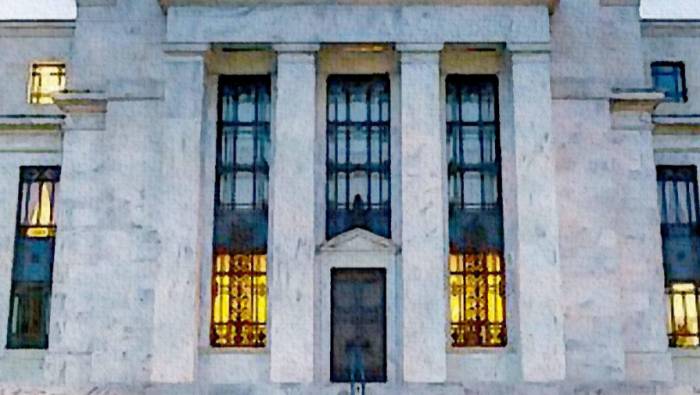U.S. Treasury Yields Surge Equivalent to 75 Basis Point Rate Hike
Due to the surge in U.S. Treasury yields, the market is becoming tighter, which has partially accomplished the Federal Reserve's work. Can the Fed finally breathe a sigh of relief?
The selling of U.S. Treasury bonds itself also plays a role in tightening U.S. financial conditions, which has now become a market consensus.
So far this year, the yields on long-term U.S. bonds have risen significantly. Over the past six months, the yield on 10-year Treasury bonds has increased by about 1.5 percentage points, and the yield on 30-year Treasury bonds has increased by about 1.4 percentage points. Although there has been a lot of attention on the Federal Reserve's policy interest rates, long-term bond yields are also benchmark yields, and thus they also have some impact on financial conditions.
In the early stages of the previous interest rate hiking cycle, then-Fed Chairman Greenspan pointed out the importance of long-term bond yields. At that time, he stated: "In recent months, despite the Fed raising the federal funds target rate by 150 basis points, long-term bond yields have continued to decline. This development contrasts with most experiences, which have shown that, all else being equal, an increase in short-term yields is usually accompanied by an increase in long-term yields."
Greenspan further explained that the simple mathematical formula of the yield curve determines the relationship between short-term and long-term interest rates. For example, the yield on 10-year Treasury bonds can be considered as the average of one-year forward rates over the next 10 years. One-year forward rates are closely related to the federal funds rate. If one-year forward rates rise, it will push up the yield on 10-year U.S. Treasury bonds, even if longer-term rates remain unchanged. However, historically, even longer-term forward rates have often risen in the context of monetary policy tightening.
"However, in the current situation, long-term forward rates are declining while short-term rates are rising. In fact, the 10-year bond with a yield of 6.1% last June now has a yield of about 5.25%. Over the same period, the comparable real forward rates derived from the quotes of inflation-indexed Treasury bonds have also declined significantly, indicating that the decline in nominal forward rates can only be partly attributed to the decline in long-term inflation expectations... The unexpected behavior of the global bond market is still a puzzle." Greenspan said.
This time, there is obviously no puzzle, which raises an interesting question: how much tightening will the rise in long-term Treasury bond yields bring?
Deutsche Bank recently provided an estimate, believing that the selling of U.S. Treasury bonds has been equivalent to helping the Fed complete about "3 interest rate hikes of 25 basis points."
To arrive at this number, strategists aimed to replicate the Federal Reserve's Financial Conditions Index (FCI). To create a more responsive indicator, Deutsche Bank modeled daily estimates of this index, as the Fed's index is only released once a month.

Deutsche Bank stated that the yield on 10-year U.S. Treasury bonds—one of the seven indicators of the FCI, reflecting economic conditions and bank prospects—certainly played a role.Although corporate bond spreads, housing prices, and stock prices have slightly eased the financial environment, it is evident that the yield on the 10-year U.S. Treasury bond has had a significant counter-effect.
Thus, the Federal Reserve can breathe a little easier, at least unless (or until) a relatively sharp market trend pushes the yield in the opposite direction.
Post Comment